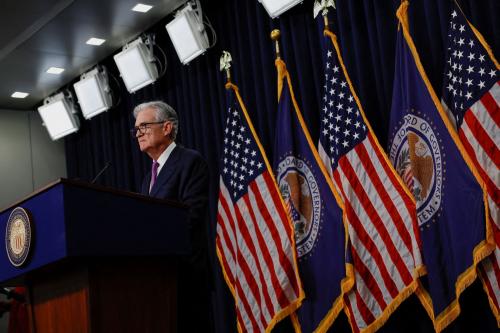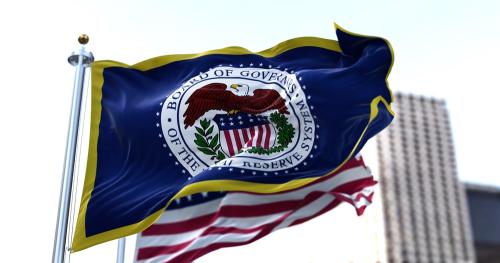The Chinese currency invariably provokes overwrought reactions. One view is that it will soon knock the dollar off its pedestal as the dominant global reserve currency. The other is that China is creating enormous risks by letting capital account liberalization get ahead of domestic reforms.
The reality is far more nuanced than much of the overblown rhetoric suggests. As with many other reforms, China is breaking the mold with a pragmatic, selective and controlled approach that I call capital account liberalization with Chinese characteristics.
Irrespective of government policies, China’s capital account is becoming more open over time as rising trade and financial integration create more channels for getting around capital controls. Rather than resisting the inevitable, the government has embraced gradual change, relaxing but not eliminating controls on both inflows and outflows. The objective is full convertibility, unrestricted capital flows but with some “soft” administrative controls and regulatory oversight, rather than free convertibility with minimal restrictions.
The government is also positioning its currency for a broader role in global trade and finance. Hong Kong provides the ideal testing ground for putting the yuan in play through trade settlement transactions as well as yuan-denominated deposits and bonds. Some central banks have signed currency swaps with China’s central bank and begun adding yuan to their foreign exchange reserve portfolios. Thus, given its sheer economic heft, China is successfully promoting the yuan’s international use without fully opening up the capital account or allowing the currency to float.
An international currency does not guarantee reserve currency status, however. For that, an open capital account and a flexible exchange rate are essential. But even that is not sufficient.
What then determines a currency’s status as a reserve currency? Size, as measured by a country’s shares of global GDP and trade, counts for much. But it is not crucial—Switzerland is hardly a behemoth while the Swiss franc is a reserve currency.
Contrary to popular misconceptions based on the U.S. dollar, current account deficits, which reflect the net provision of financial assets to the rest of the world, are not essential. Major reserve currency economies including the euro area and Japan have run current account surpluses or at least a balanced current account for a long time. Good monetary and fiscal policies that preserve a currency’s value are important, but the major advanced economies are hardly paragons of smart policies. This has posed little threat so far to their reserve currency status.
The crucial factor is financial market development. Historically, each reserve currency has attained that status under unique circumstances and spurred by different motivations. But in all cases foreign investors have been able to buy high-quality assets, typically government and corporate bonds, denominated in the country’s currency.
Paradoxically, for want of other safe assets, the high and rising level of U.S. government debt is cementing the role of the dollar as the dominant reserve currency. This safety could well be a chimera if the U.S. debt position becomes unsustainable. So the rush to U.S. Treasurys at times of global financial turmoil may reflect a flight to liquidity rather than safety. The U.S. trump card is that its financial markets remain unmatched in terms of their breadth, the range of financial instruments available to foreign investors, depth, the amounts of each such instrument and liquidity, the volumes of trading in those instruments.
Building up more debt would hardly be the right approach for China to challenge the dollar’s dominance. Reforms like developing financial markets and making the exchange rate more flexible, which are key for China’s own balanced economic development, are a more sensible approach. Financial market development takes time. For all the dynamism of the Chinese economy, over the next decade the yuan will evolve into a reserve currency that erodes but doesn’t displace the dollar’s dominance.
An intriguing possibility is that we are seeing a Trojan horse strategy in play—reform-minded policy makers using the goal of making the yuan a global currency to promote much-needed domestic reforms to improve the balance and sustainability of China’s growth. Uniting the country’s citizens behind this nationalistic objective would build popular support for reforms needed to make it a reality—a better banking system, broader financial markets, a more flexible currency and other reforms. The path of China’s growth and the yuan’s role in the global economy will depend on those policy choices.



Commentary
Op-edWill China’s Yuan Rival the Dollar?
February 8, 2012